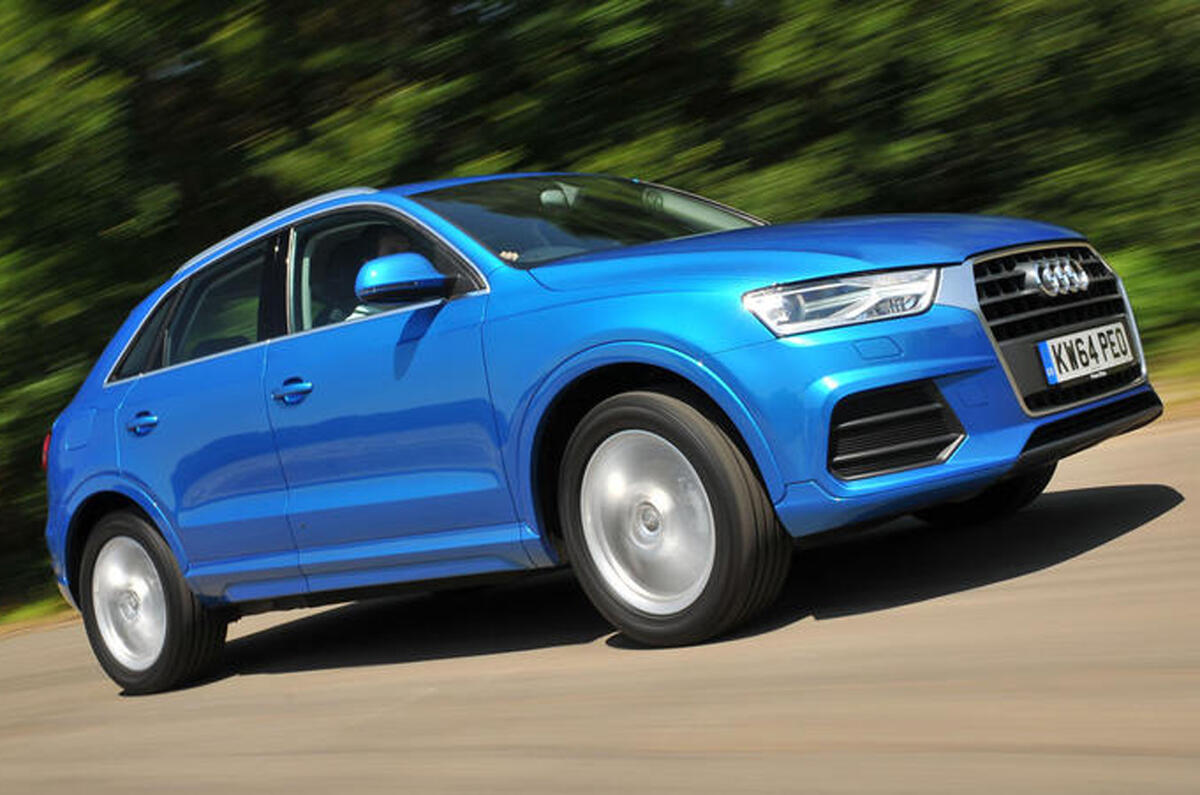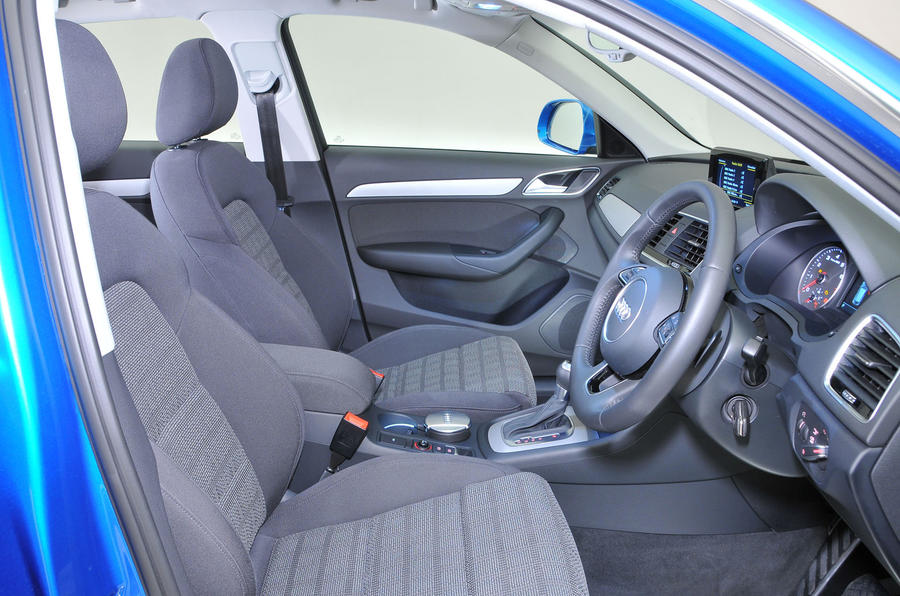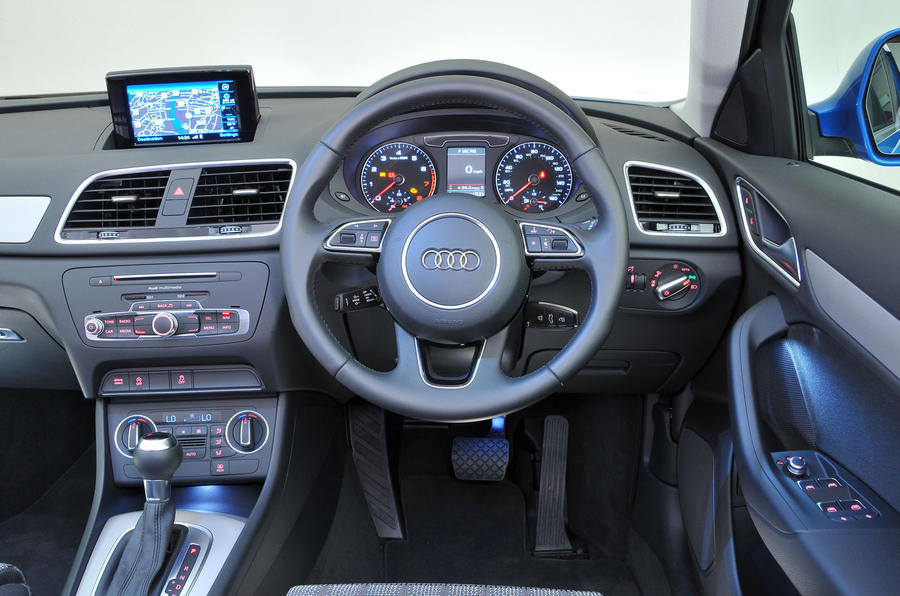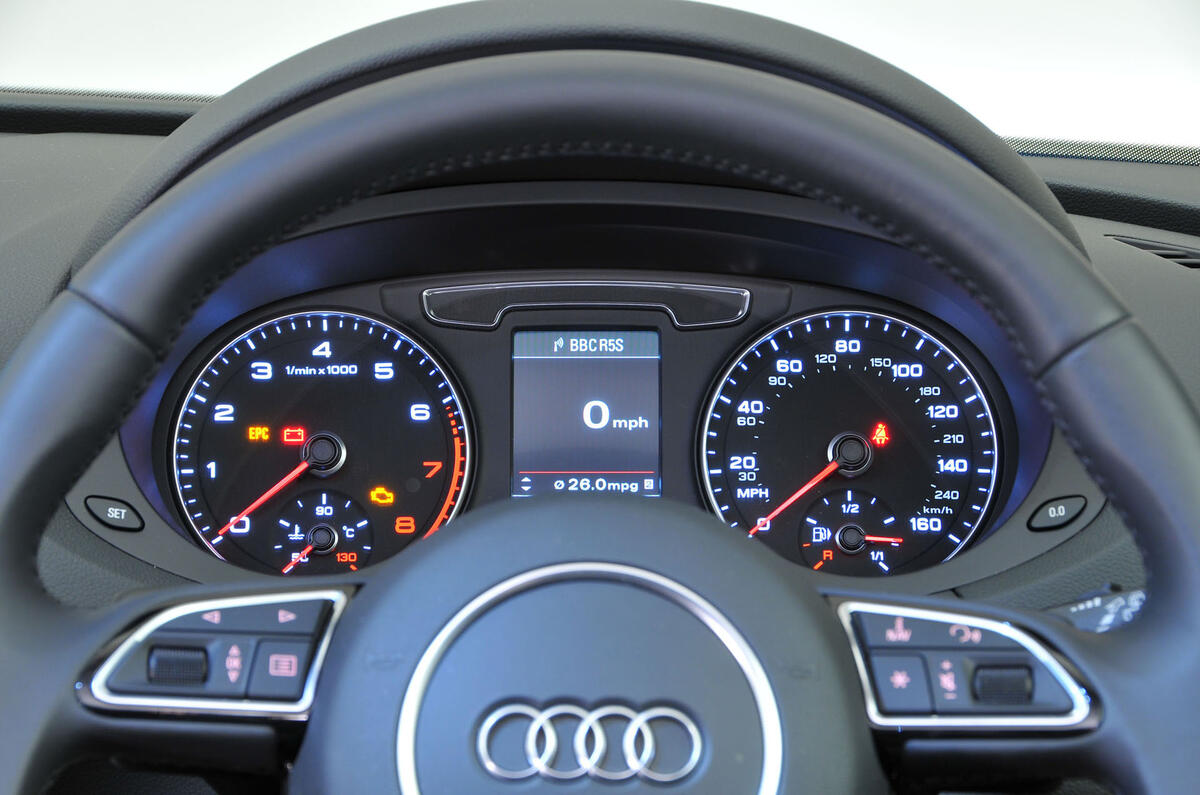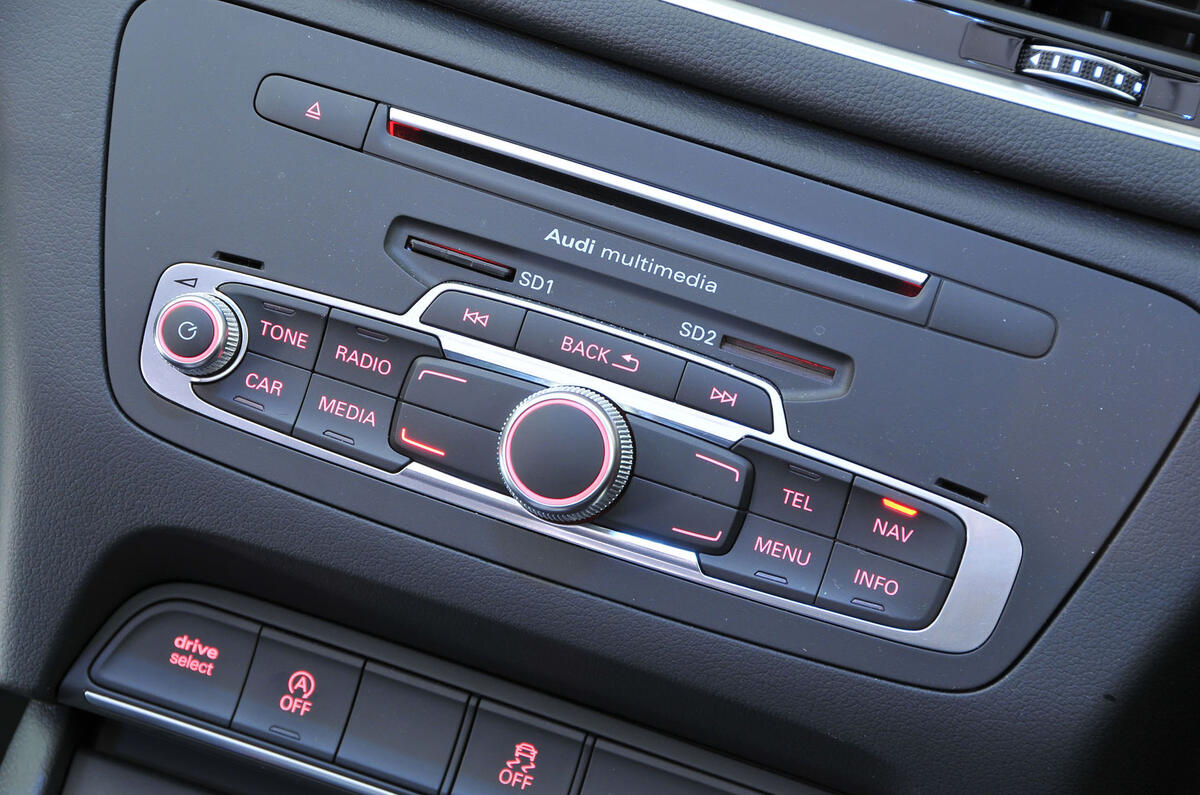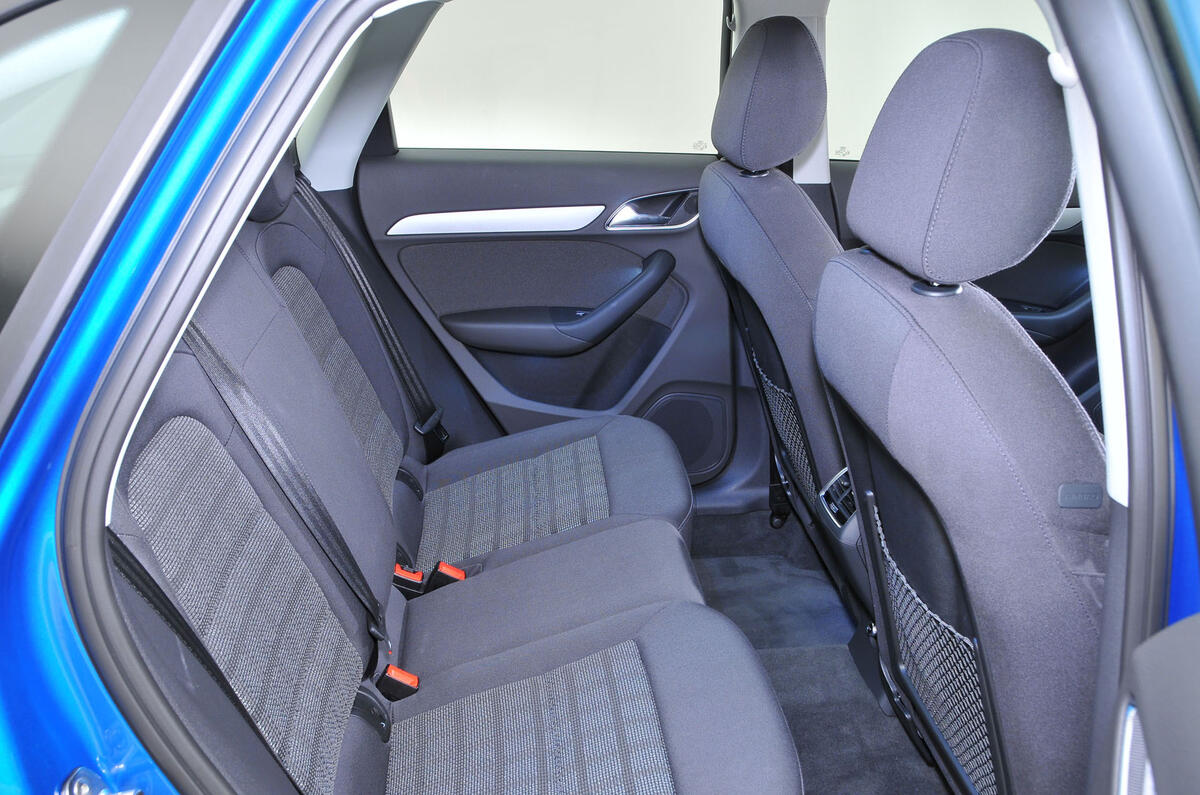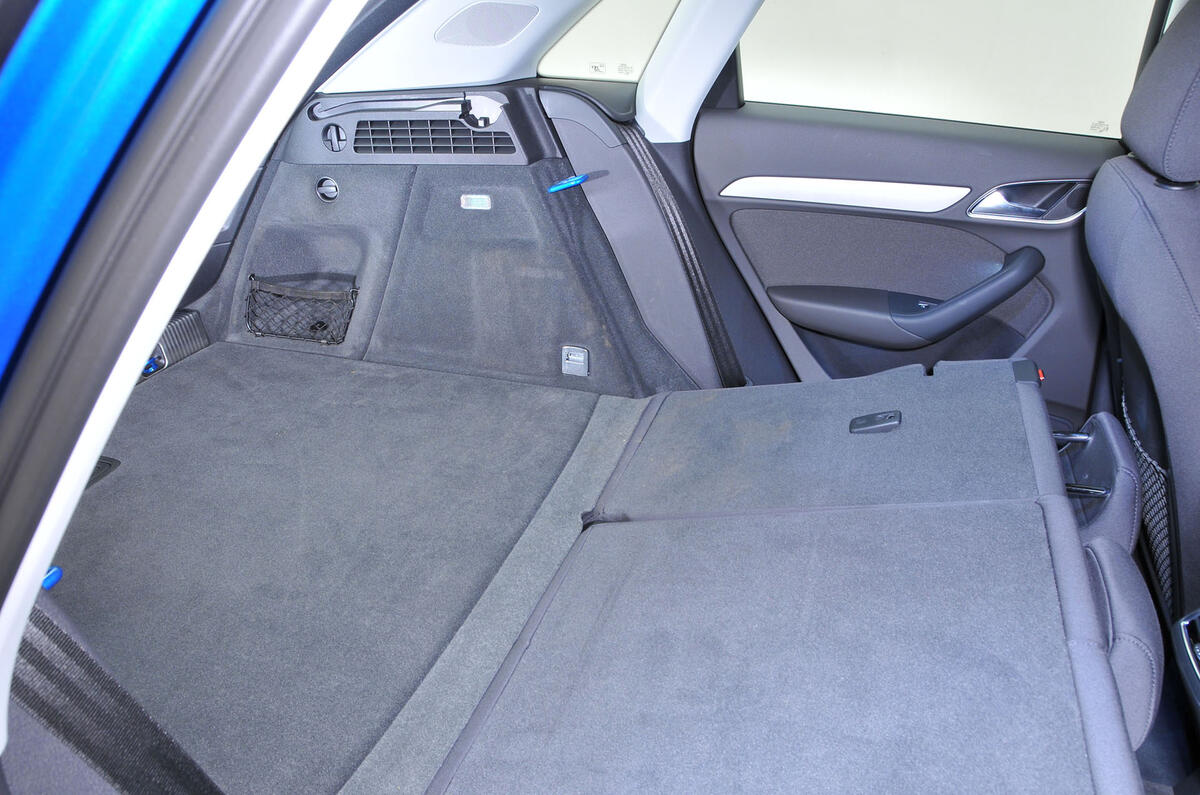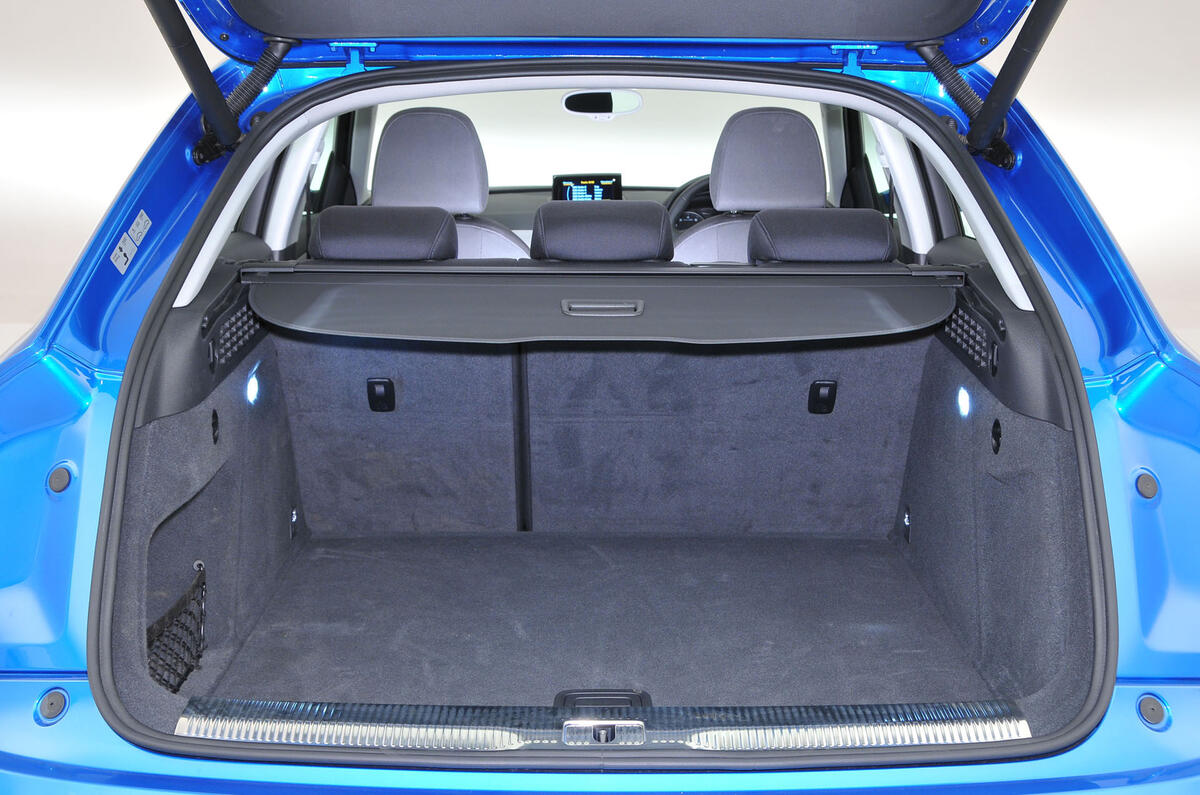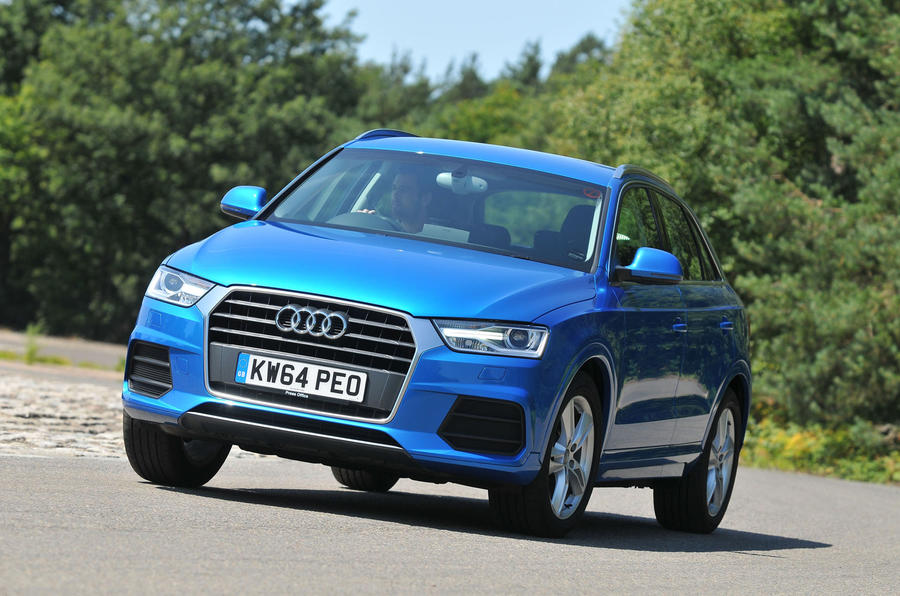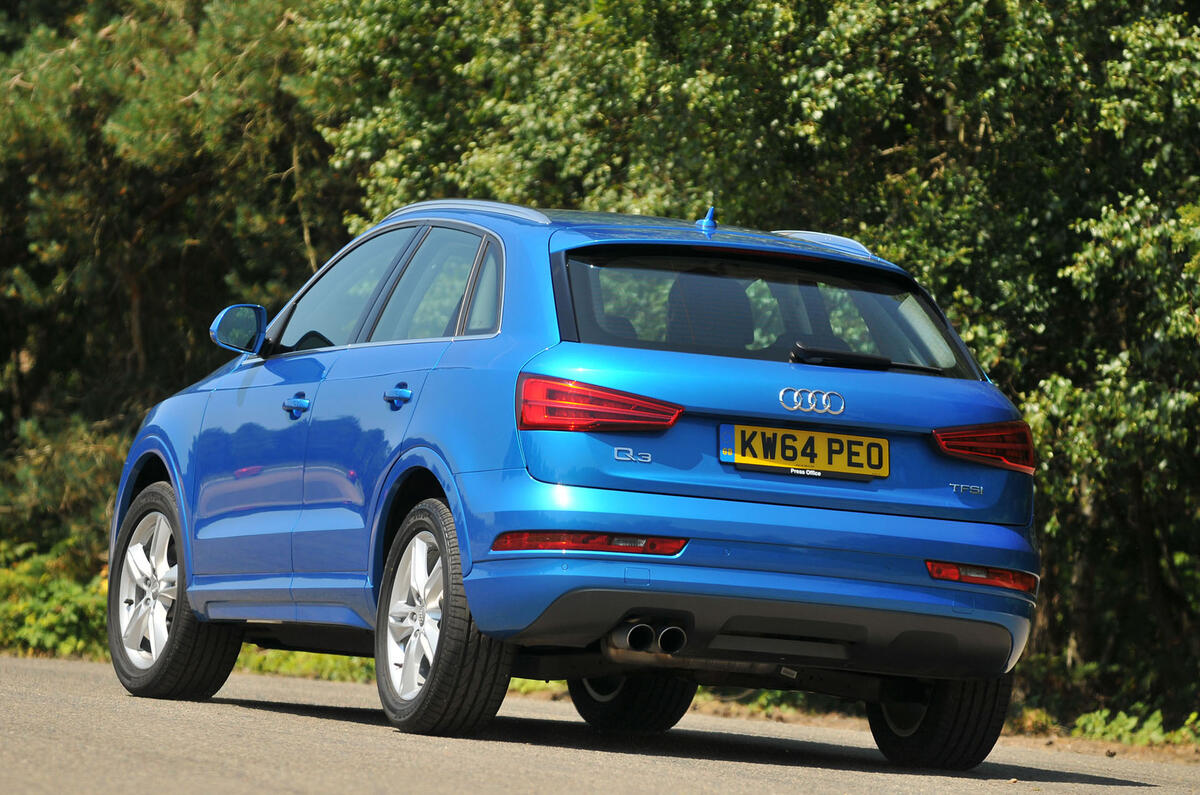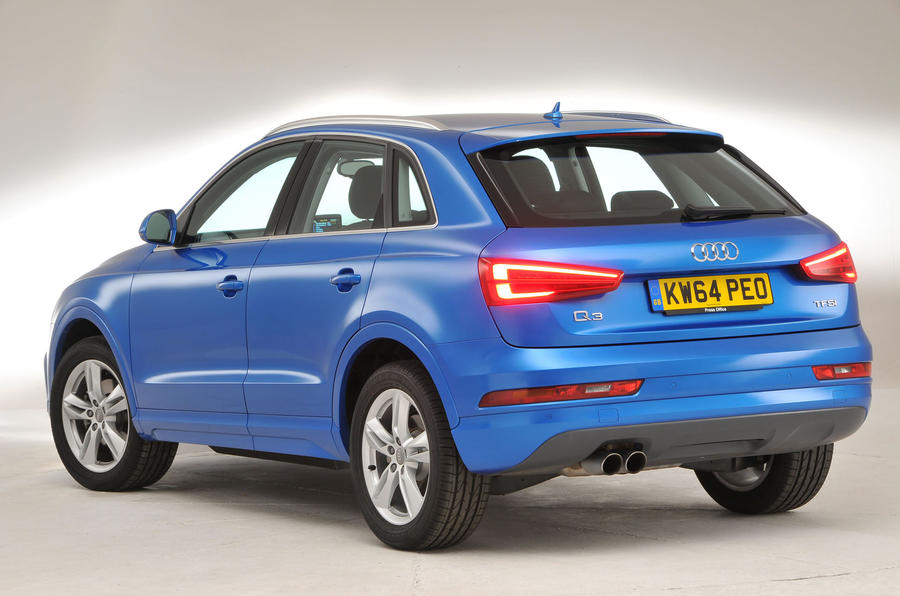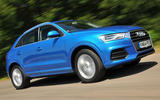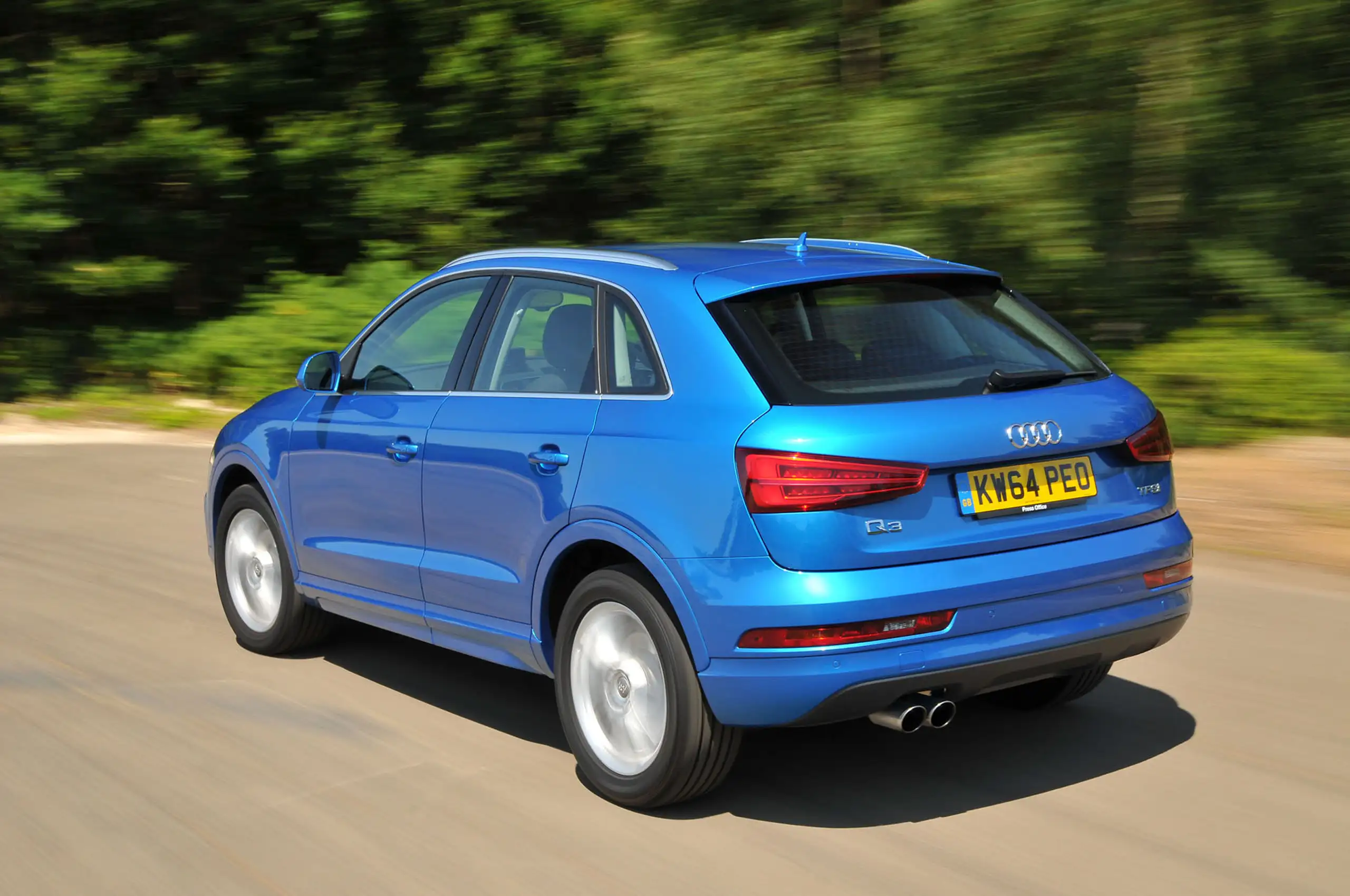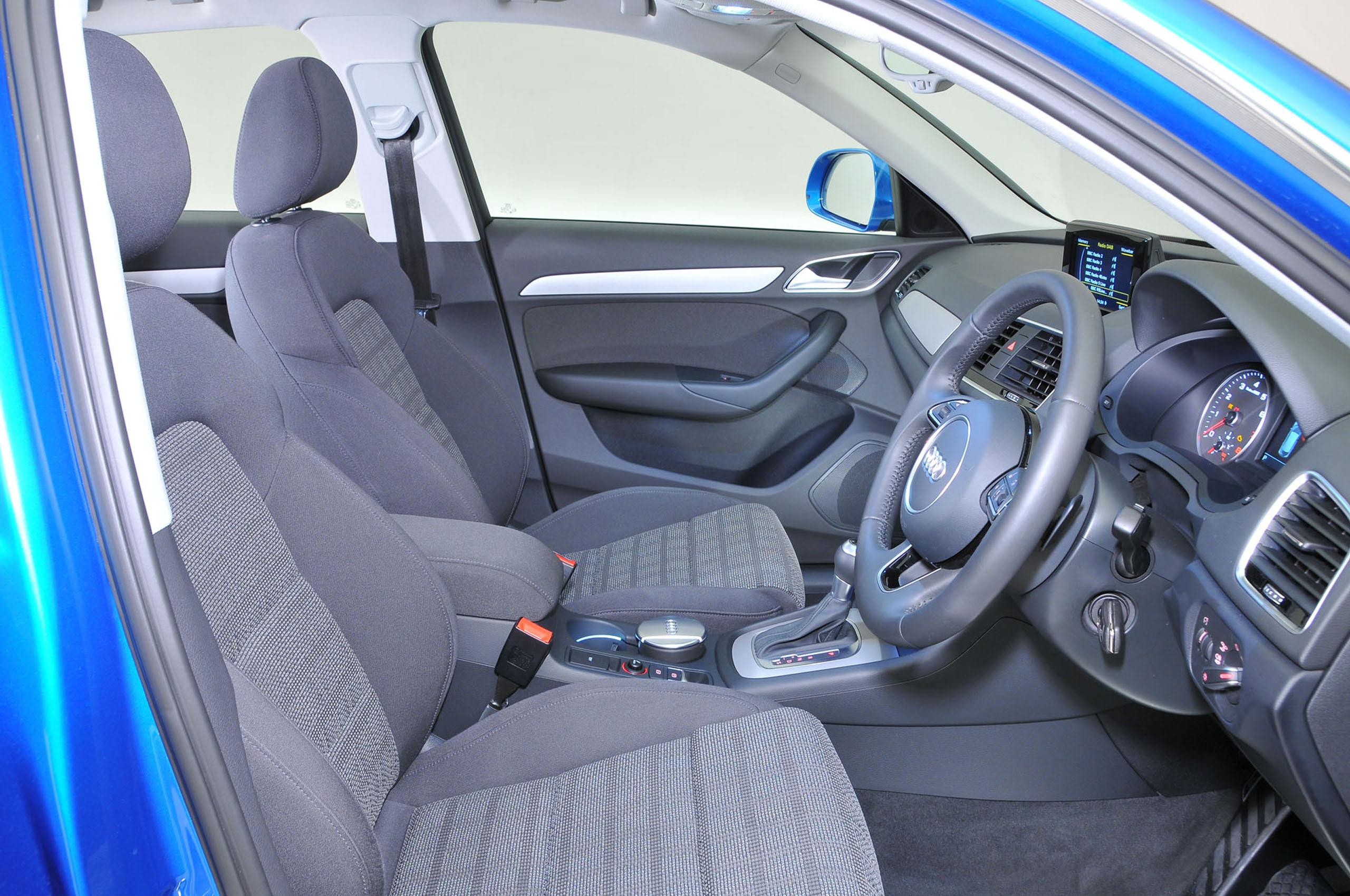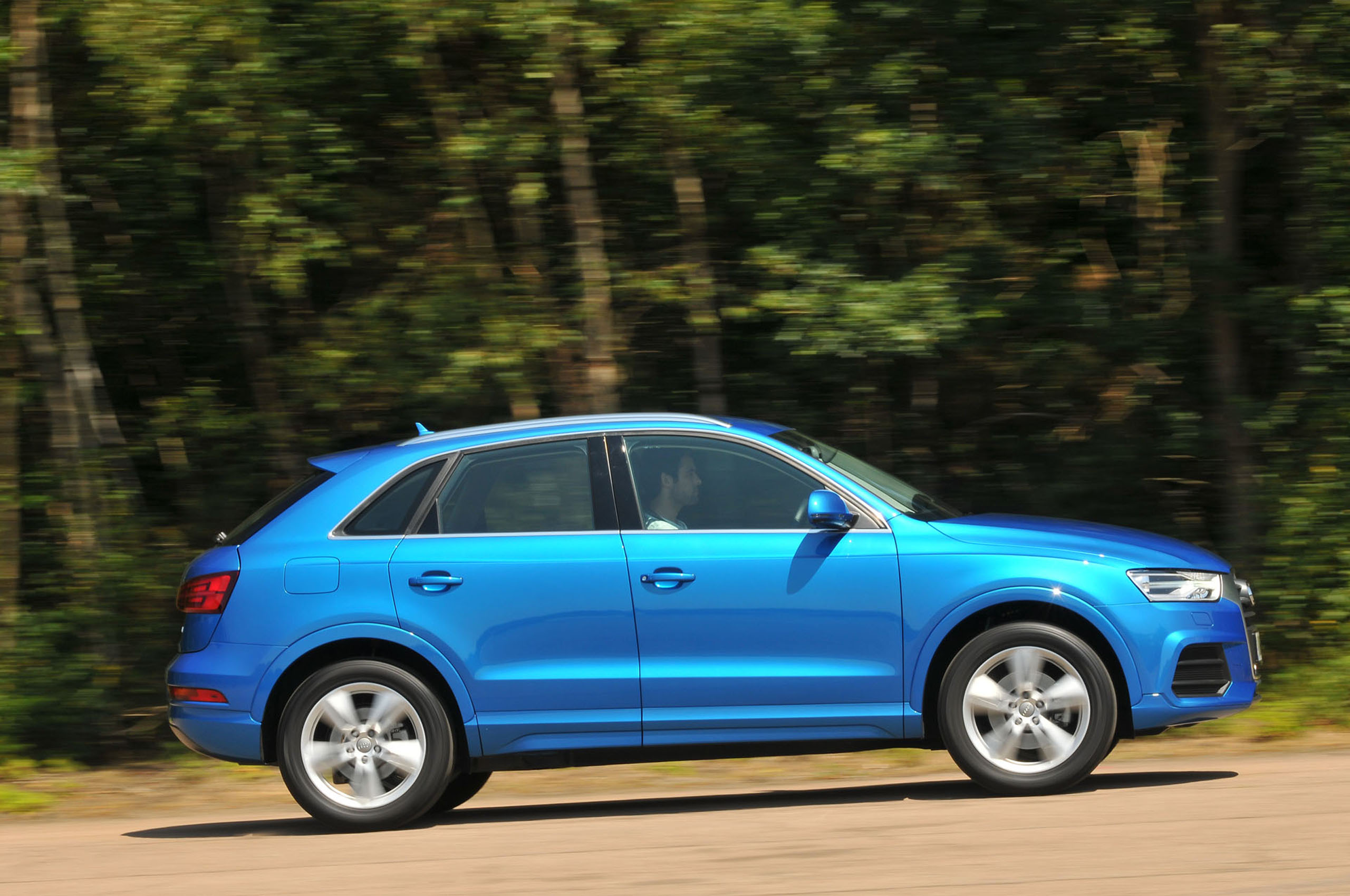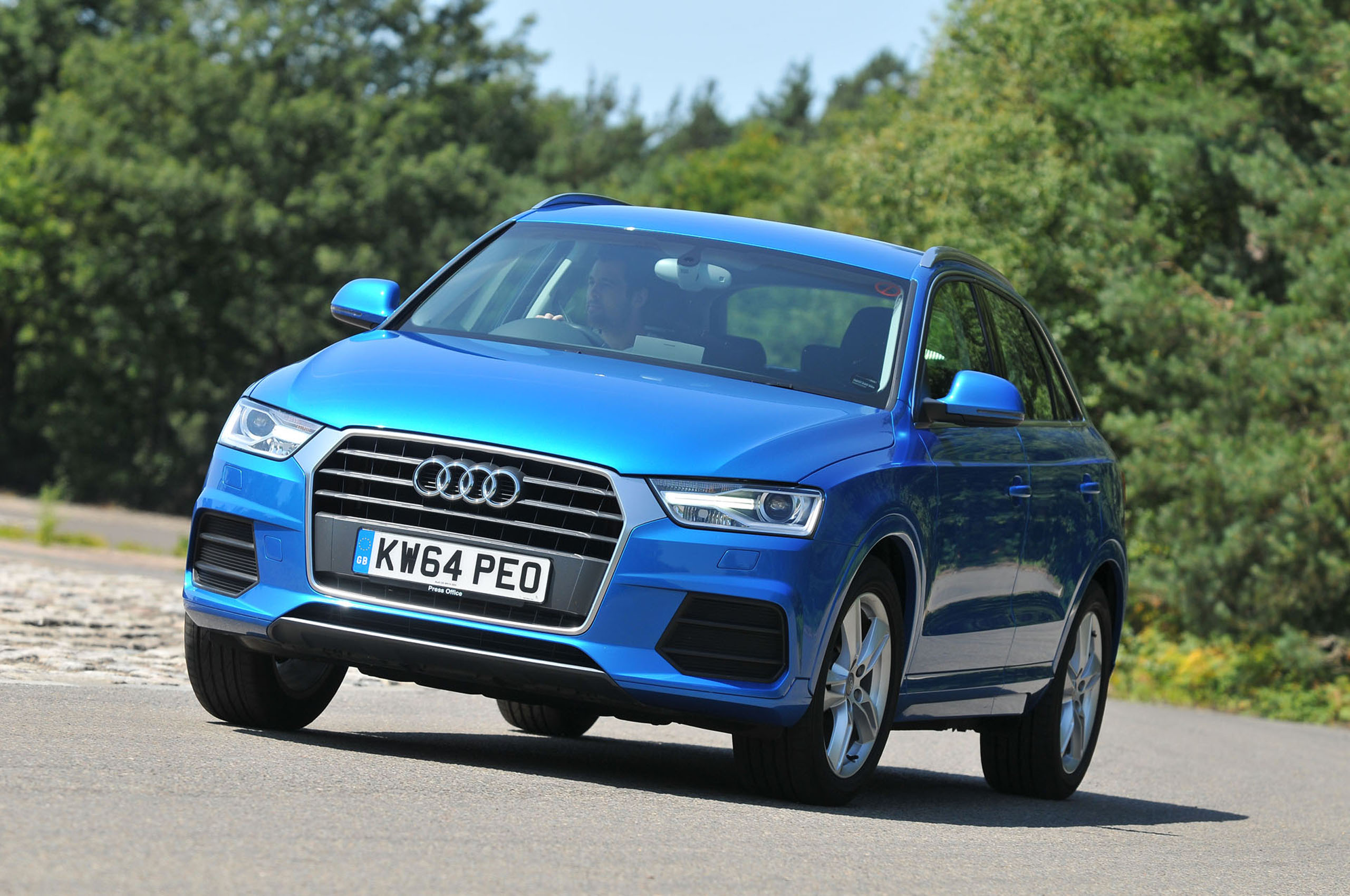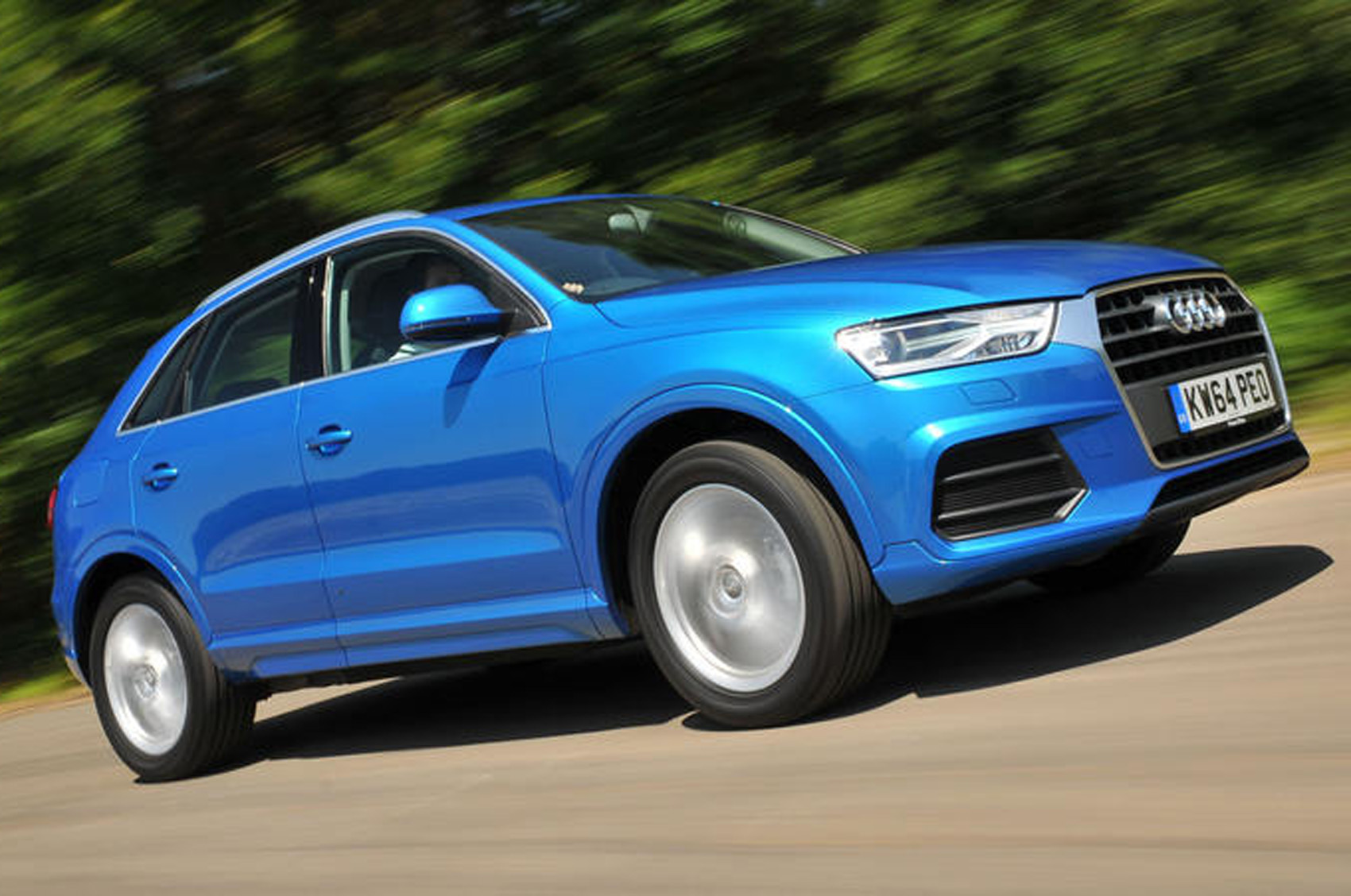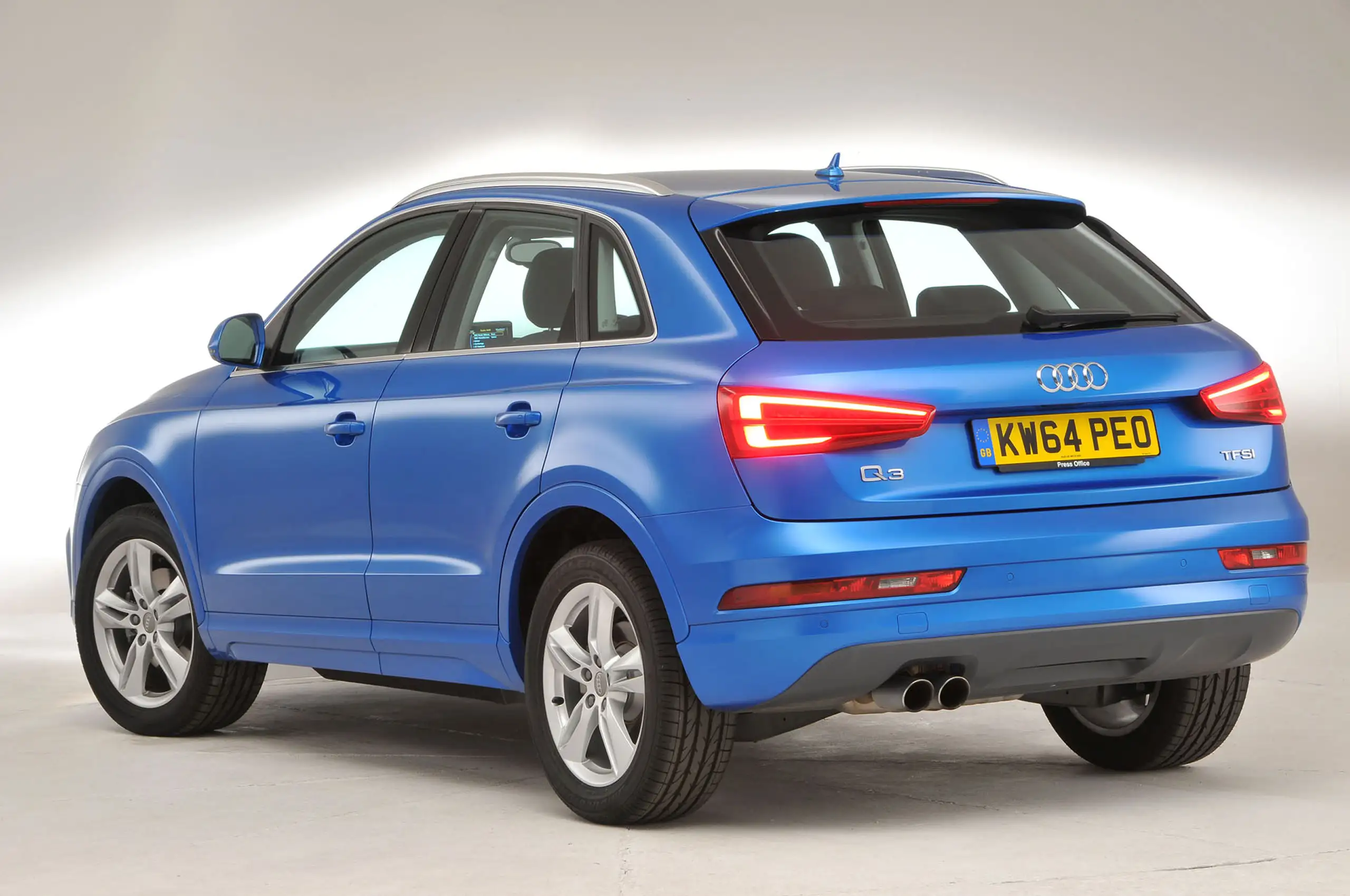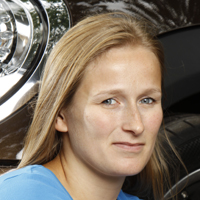The Audi Audi Q3 is so well built and its styling so evolutionary that you have to ask yourself why you’d buy a brand-new model on the road when you could have an example of its 2011-2018 Audi Q3 predecessor, for a fraction of the price.
The answer might be because the used one hasn’t got the latest infotainment technology and isn’t as efficient, because it has done 85,000 miles and because it no longer smells so nice. Still, all that image, quality and cash in the bank…
The Q3 was launched in 2011. It was one of a small number of premium, compact SUVs, the others including the BMW X1 and Range Rover Evoque. Next to the Evoque, the Q3 looked fairly bland but in a way that suggested effortless quality, an attribute that has served it well. It’s about the size of an Audi A3 but the rear is more cramped, and although the boot appears big on paper at 460 litres, it not that usable a space, so test it out first.
From launch, engines were the traditional mix of diesels and petrols, and until the 1.4 TFSI’s arrival in 2014, all of them were 2.0 litres. The lower-powered petrols have always been front-wheel drive only but their diesel equivalents are a mix of that and quattro four-wheel drive. More powerful Q3s are all quattro. The four-wheel drive system aids traction on slippery roads but forget straying too far from your picnic spot: the Q3 has too much fancy body addenda to risk going far off road.


